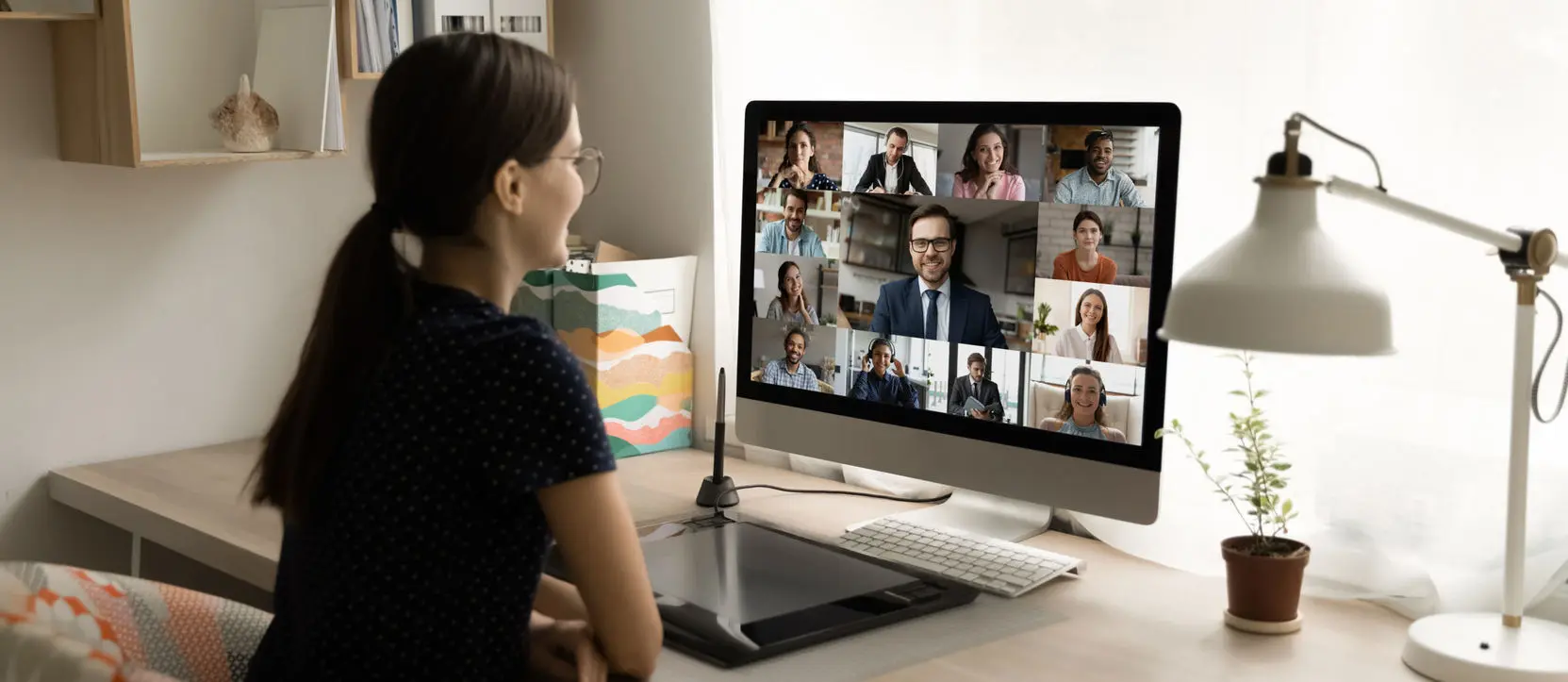Leverage these social media strategies to generate buzz around your event.
A strategic social media promotional campaign is a simple and cost-effective way to drive awareness for a webinar, online fundraiser, video release or other virtual event. It can also boost engagement and interest following the event, leaving a ripple effect for continued engagement within your organization’s accounts. To create an impactful digital experience for your targeted audience, draft a publishing calendar with social posts that draw attention and build interest in the event, while also providing your audience an opportunity to engage with the business.
CHANNELS
To select the best channels for promoting your event, evaluate which of your channels is currently the most effective. Generally, it is best to focus your content on the platform that has the largest audience and receives the highest engagement. It is not worth trying to start out on a new platform just to promote an event, but it can be effective to recycle content across the platforms that you are already using. For example, if your Twitter account has the most followers, focus on creating promotional content for that channel, and then repurpose the same copy and media assets for other channels that you use frequently.
Here are some of BG’s channel specific insights:
Twitter is one of our go-to channels for promoting events due to its trending topics feature. Tweets about events can pick up traction, boost engagement, and increase visibility by catering to the algorithm. Twitter is the most informal channel, so use this to your advantage by encouraging interactions with your posts by asking relevant questions or sharing topics the audience can react to.
LinkedIn tends to be the most formal channel, so it is useful for B2B or educational content. When creating content, keep in mind that most users are on the platform to network and increase their industry knowledge. If you are promoting a webinar focused on remote work strategies, this is the best platform.
Instagram is the most effective for sharing media assets. Short videos or images can be posted to the main feed or Instagram Stories, while longer videos can be posted to Reels. Use these tools to promote any media assets you might have and take advantage of the different posting methods to increase visibility without feeling repetitive.
BG Pro Tip: Take advantage of Instagram’s new collab feature that allows you to create a joint post with another account. Partner on a post with hosts, professors, and other people or organizations connected to the event—this will expand the reach to the combined followers from both accounts and appear on both timelines.
Facebook is a bit outdated, but it can be effective for targeting adult audiences. The content algorithm often caters towards internet trends and unconventional news stories. If Facebook is still a major channel for your company, create an event page and share with your audience to build traction.
Other Channels
BG has found the most success with the social channels mentioned above. Use any channels that have proven successful for your business previously. Whether it’s YouTube, Reddit, Clubhouse, Pinterest, Myspace, etc.—mold your strategy to where your audience is.
POSTING
Content
We find that the simplest strategy is to plan to post the same content across all your channels at the same time. Each of your company social accounts likely has a different audience, so there shouldn’t be any significant overlap. Make sure to tag anyone associated with the post in the copy—by including them, you’re increasing the post’s potential reach. The easiest way to do this is to draft the copy in the channel it will be used in to ensure you optimize the correct hashtags, account tags, and character limit relevant to that platform.
Always add some type of media asset to the post. This can be a picture of the host, graphics created for the event, an infographic with relevant statistics, or a video teasing the event. Posts that include media have a much higher engagement rate and increased visibility. Media assets can be transferable across different platforms with slight tweaks to the formatting.
Hashtags
Use hashtags sparingly—no one wants to read a post cluttered with hashtags. Use hashtags to highlight keywords related to the subject of the event and tap into your target audiences’ interests. These keywords are likely to have an audience following already and applying hashtags to these words can drive some of that audience over to your post. You can discover which hashtags have the most traction by searching them within the targeted platform.
For example, if your company is hosting a webinar about trends in cryptocurrency, you might conduct some research and find that #NFT and #Bitcoin have a high volume of traffic. In that case, you should try to work these into the post organically or list a few towards the end of the post.
Creating a hashtag for the event on all platforms can help users follow the digital chain of events and learn more about the event. For longer names, uppercasing words can improve readability. For example, if the name of the webinar is “Keeping Up with Crypto,” you could choose the hashtag #KeepingUpWithCrypto and use it whenever posting about the event on your account.
Types of Posts
There are a few types of informational posts that BG usually sticks to when creating buzz around an event. This doesn’t mean these are the only types of content you should share, but they provide a strong foundation for posts.
Basic Promotion
This is the basic promotional post before the event takes place. It simply gives an idea of what the event is about and why people should be interested. It usually contains the following elements:
- Hook – (“Upcoming webinar alert!”) A question can also be used to pull the reader in.
- Brief Summary – Explain the event and why the reader should be interested/what info they can get out of it.
- Timing – When the event is happening.
- Tags – Tag contributors, organizations, and people involved.
Create a graphic or set of graphics to accompany these posts across all social media channels.
Note: Posting this style on Instagram more than once can get repetitive, since the account page displays previous posts. Fill in other non-event related posts on your page in between or consider posting Stories instead—these go away after 24 hours.
Media Focused
Create media specifically to promote the event, such as an infographic or video. Social media platforms prefer this content over just text on its own, and it tends to engage with the audience more. Use an interesting stat or pull quotes from an interview – create context behind the event to spark interest.
Event Updates
When the event goes live, be sure to share updates since the call-to-action is immediate. Tell your followers that the event is beginning and provide a link for them to join. Like the basic promotional post, you also want to include the same structure of having a hook, description, how to check out the event, and relevant tags.
If it’s a live event, posting play-by-play updates can help with promotion. For example, a Twitter post could announce the next speaker in the webinar and what they’ll be discussing, followed by the link to join in on the action.
Summary Post
This category is used to attract people who missed the event or initial release. After the big day, create a summary of the events and provide a way for people to view the content. Posting key conclusions or findings can boost your audience far beyond the people who joined the event live. Promoting a summary of the event with a call-to-action link on your website or within social media also boosts the lifetime of the content.
Reposts
Reposts are one of the best ways to expand your reach. Have the individuals or organizations involved in your event promote it from their own social media accounts. With this tactic, your event will be sure to reach all their followers and in turn you can repost their promotional content to your own account. This method works on all platforms. In Twitter with a Retweet, Facebook and LinkedIn with a repost, and Instagram with a Story. Use your network—encourage others to repost your promotional content, and then return the favor by reposting their event promotions as well.
Content Calendar
A content calendar helps with organizing and strategizing the best methods for posting. The objective is to strike a balance of posting frequently enough so people are aware of the event, but not so much that it takes over the account.
The volume of posts per week should increase in the days leading up to the event. We usually suggest starting about 4 weeks out, with 2 posts in the first week and then progressing to 4 posts a week directly before the event. Avoid scheduling promotional posts on the same day, except for the day before/day of the release.
Once the event ends, do not halt your promotion just yet. To maintain traction and keep a buzz going, mention the recap in posts and repost what other people are saying about the event. Create a schedule for a few posts a week for 2-3 weeks following the event to maintain interest.
PAID CAMPAIGNS
Paid campaigns can be an effective and relatively low-cost way to get your content in front of audiences who are likely to be interested in the event but may not be following you yet. These sponsored posts appear in users’ timelines as normal posts, with a “Sponsored” tag underneath the account name. Each platform allows you to adjust the length of the campaign, the spend, targeted audiences, timing, goals, and more, all while giving you live reporting to help perform optimizations throughout the campaign.
For professional expertise and guidance on social media promotion, reach out to our email at connect@thebelfortgroup.com.


